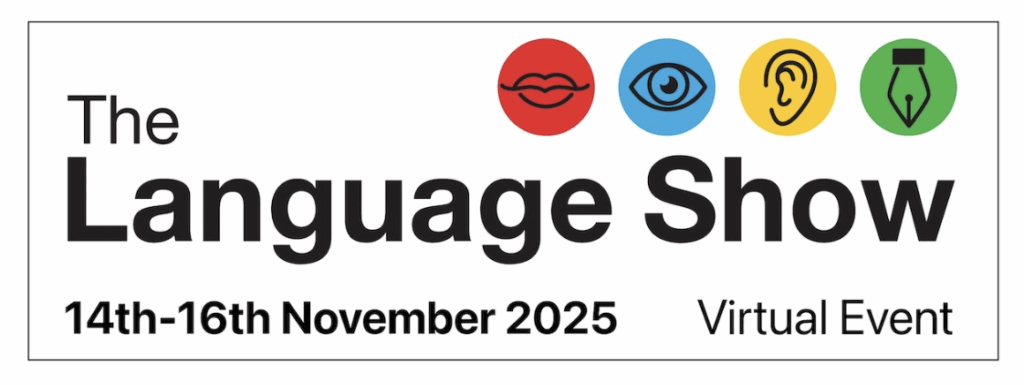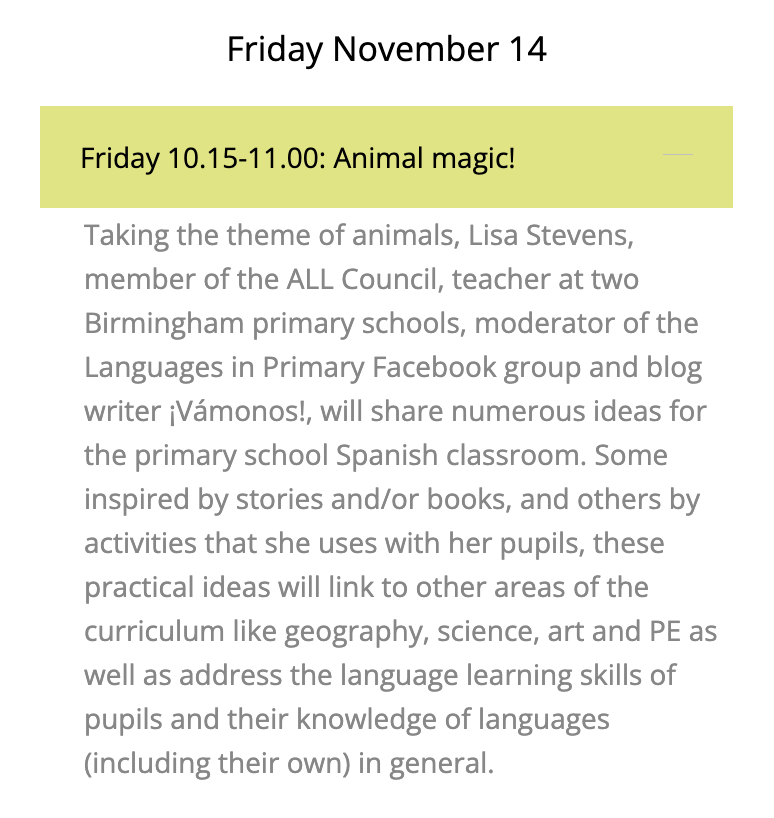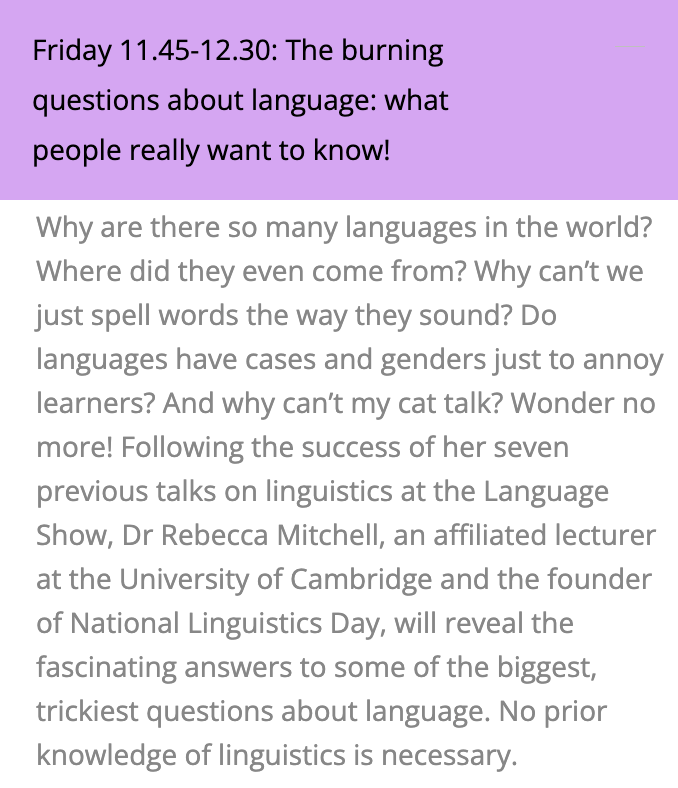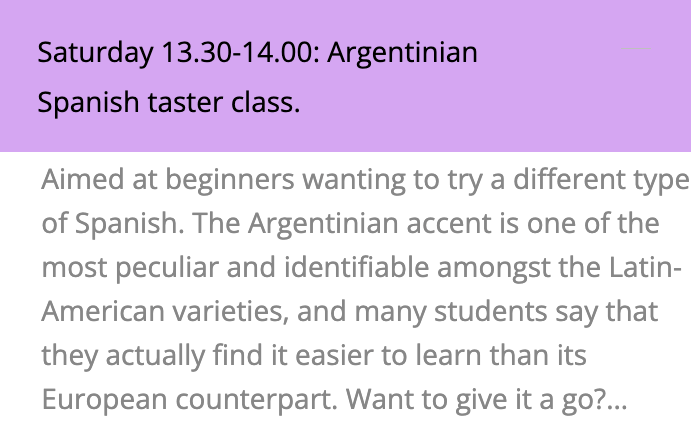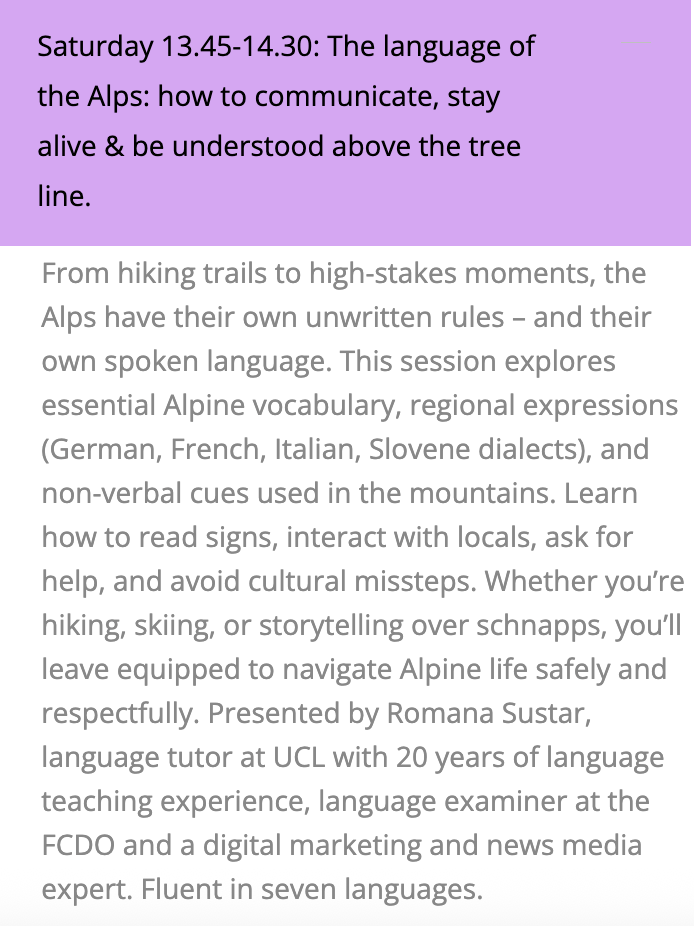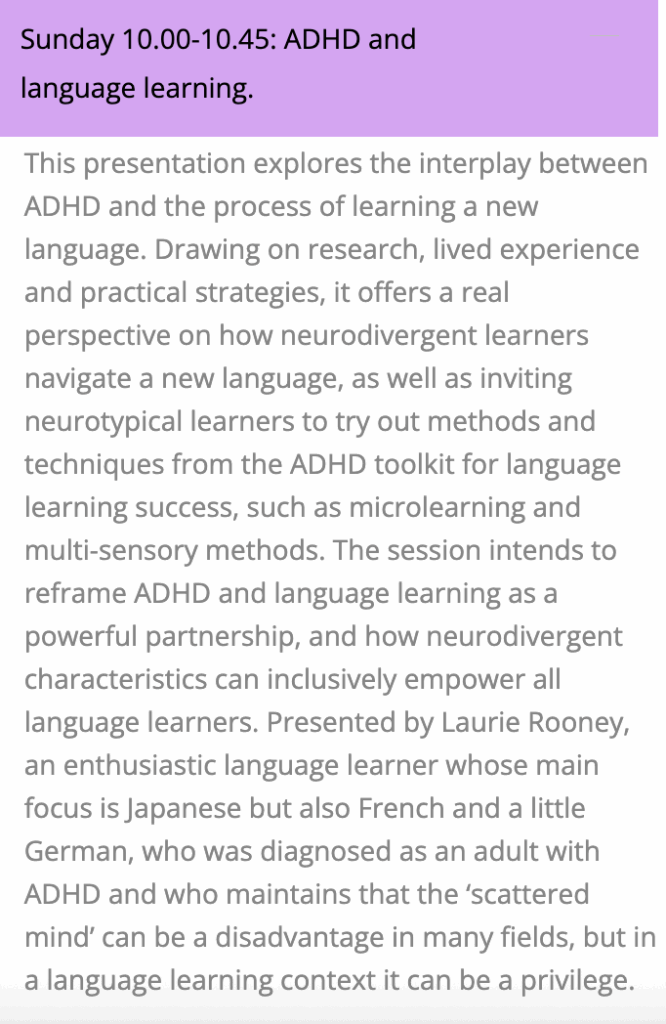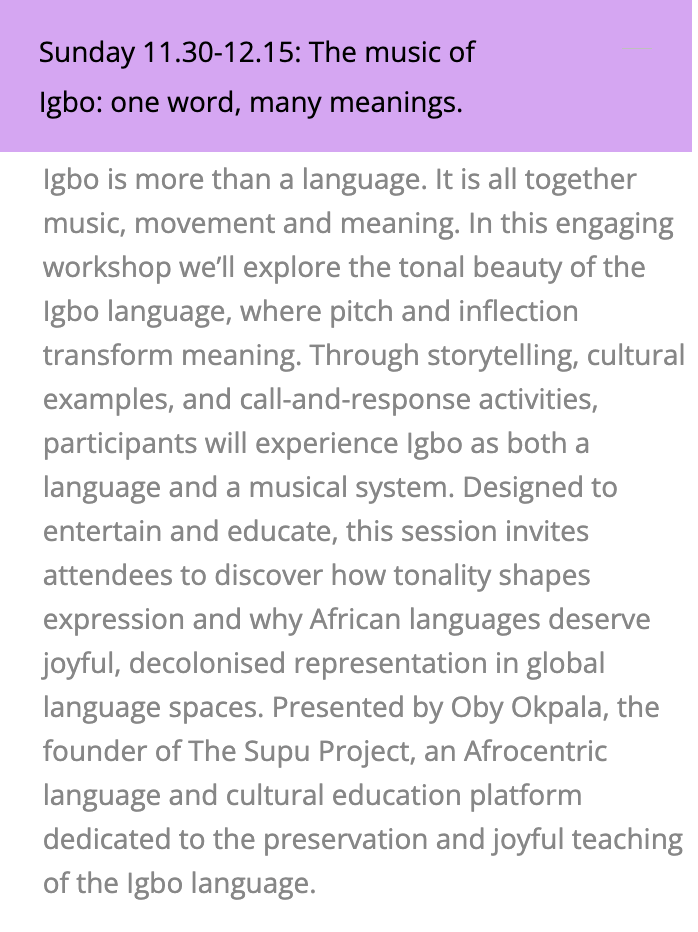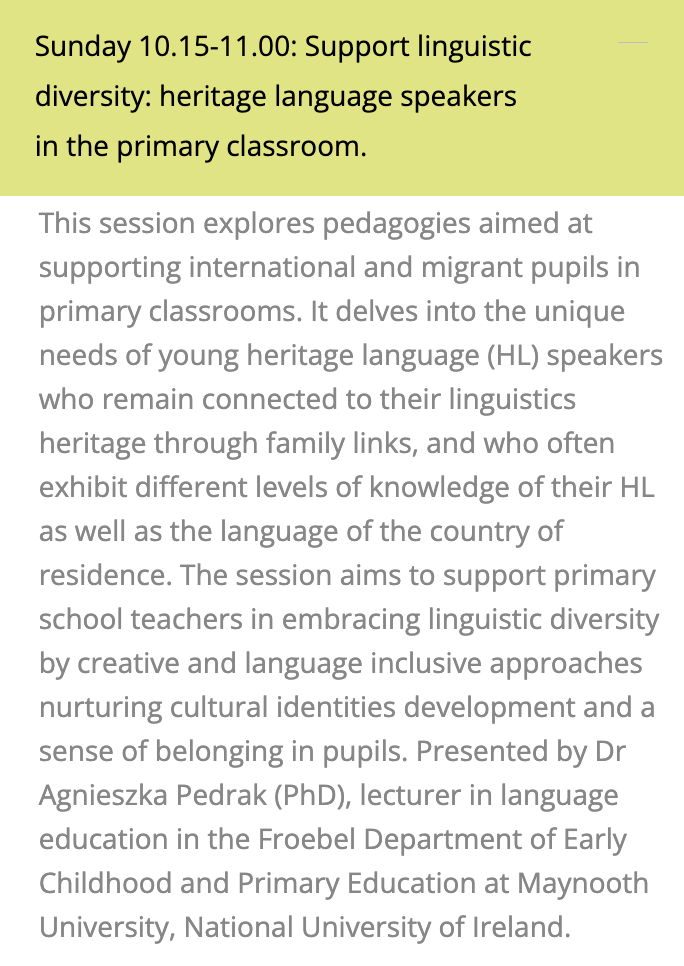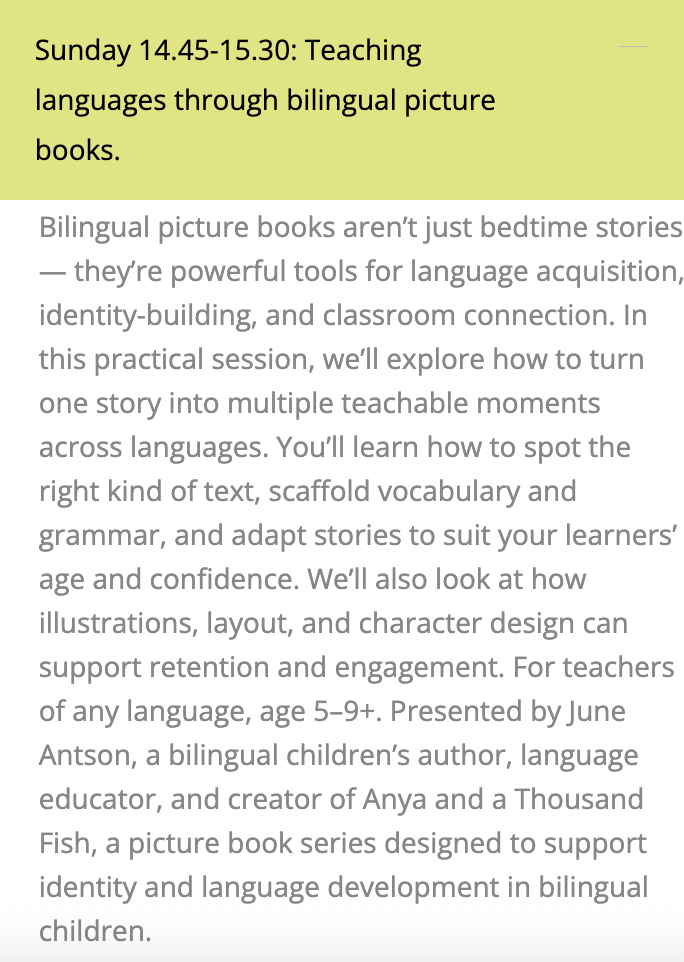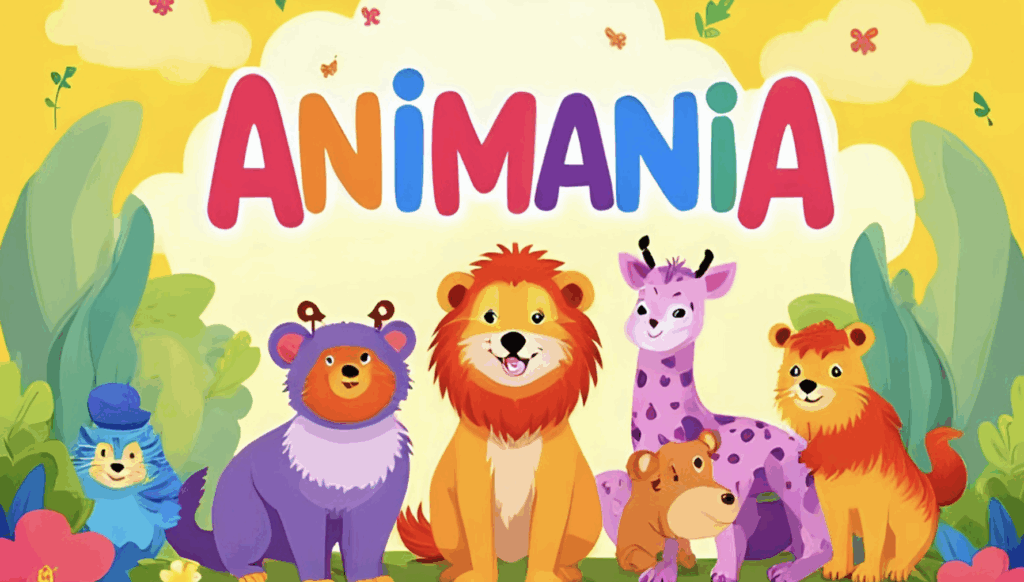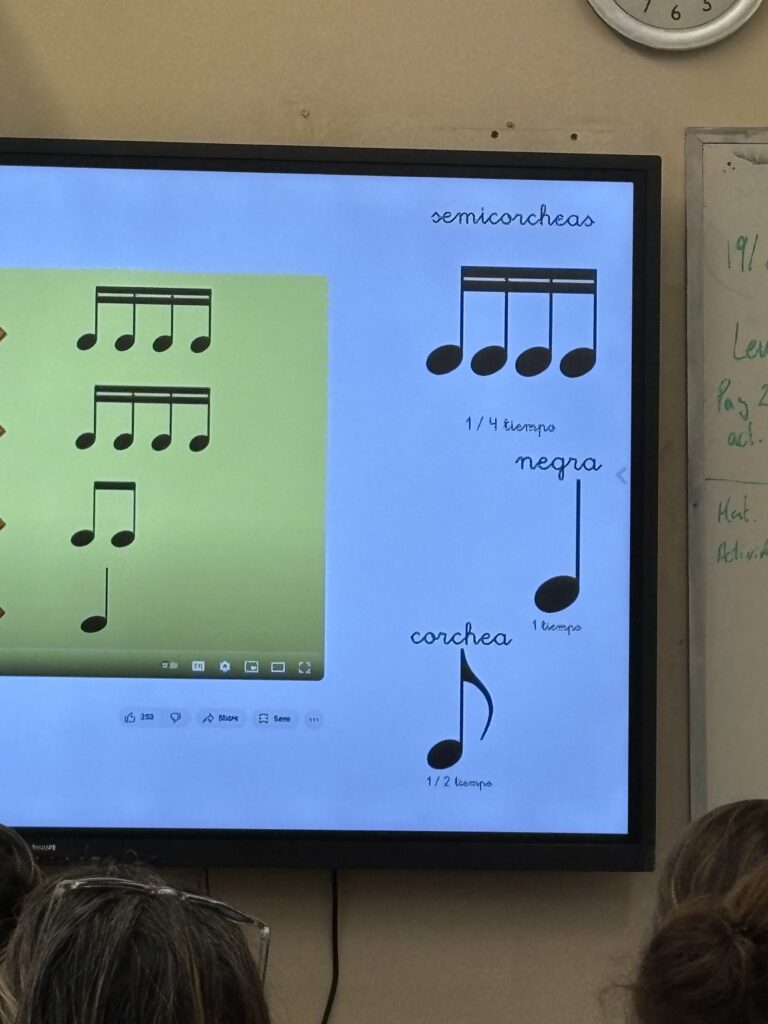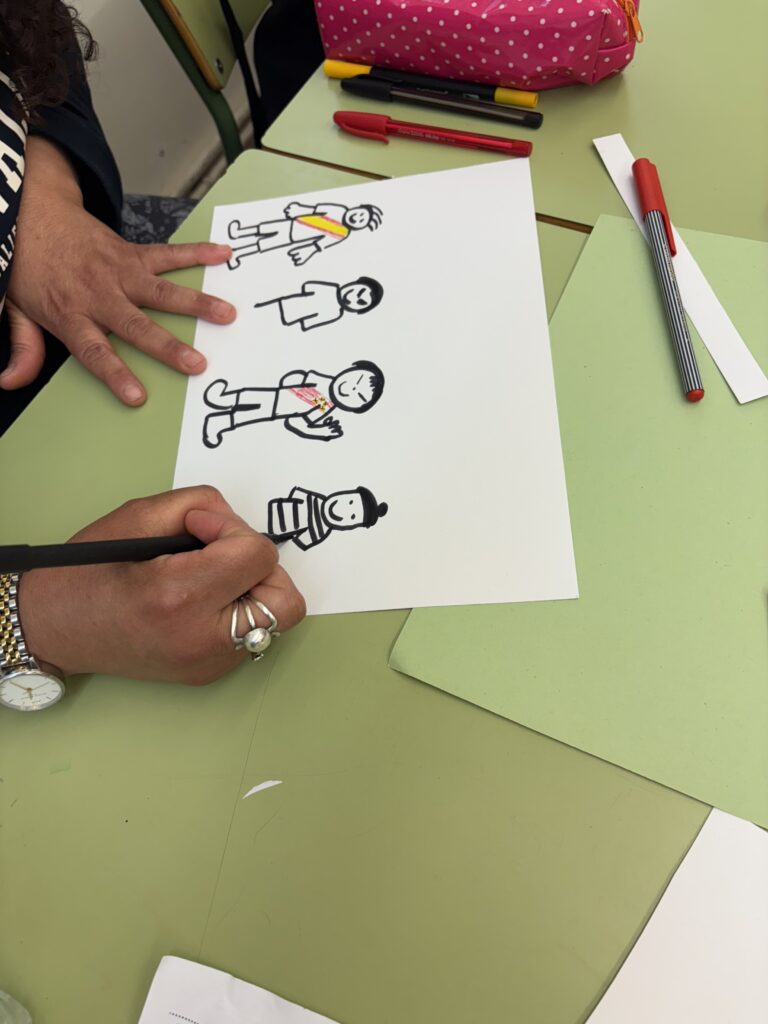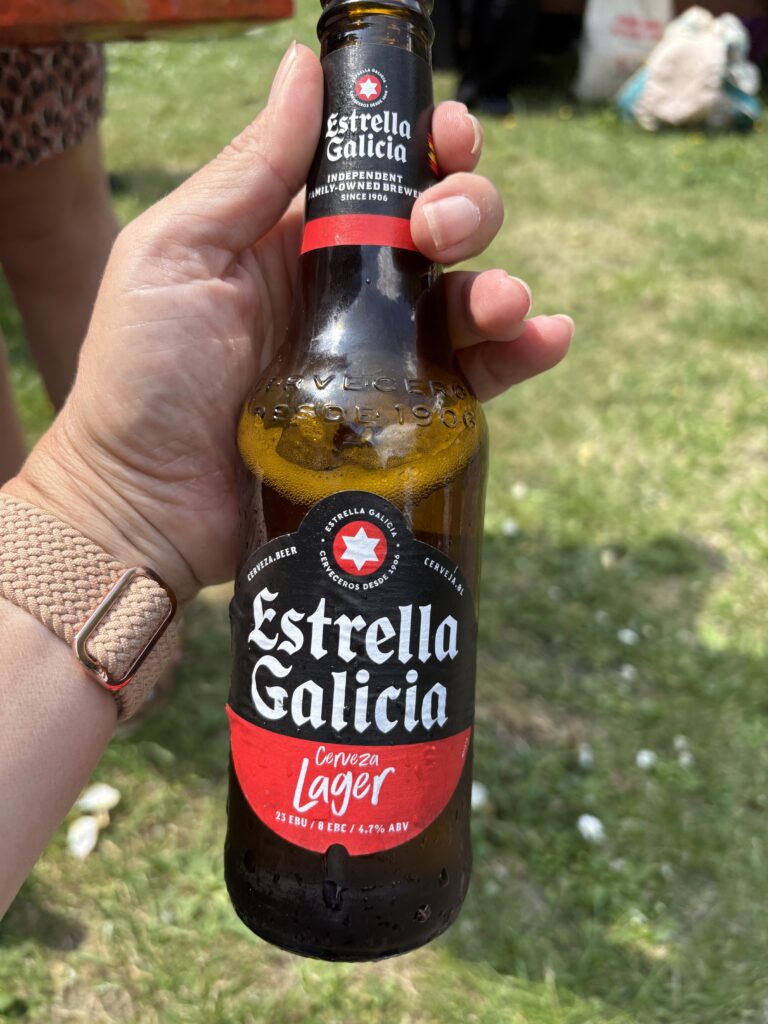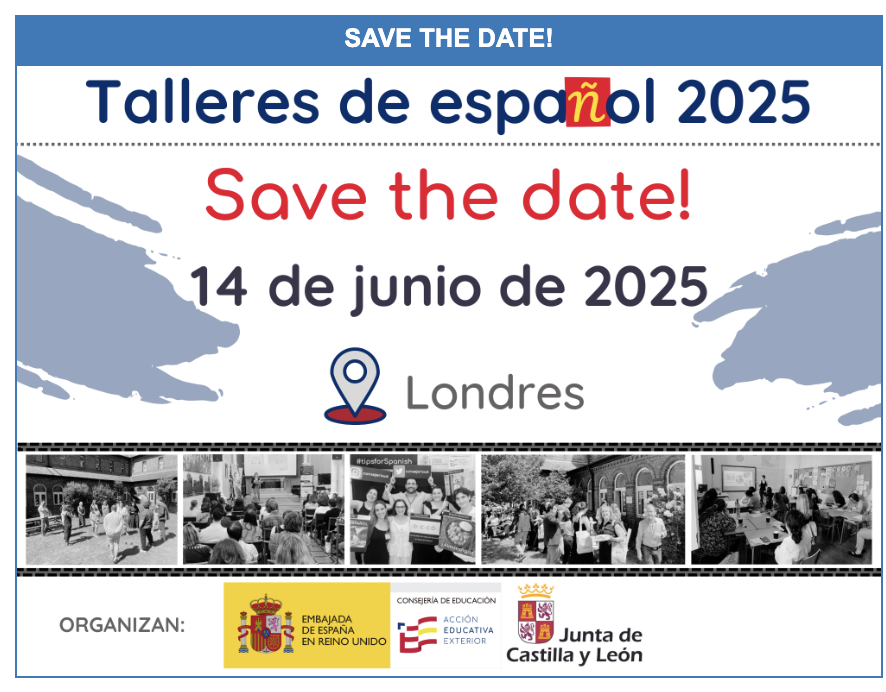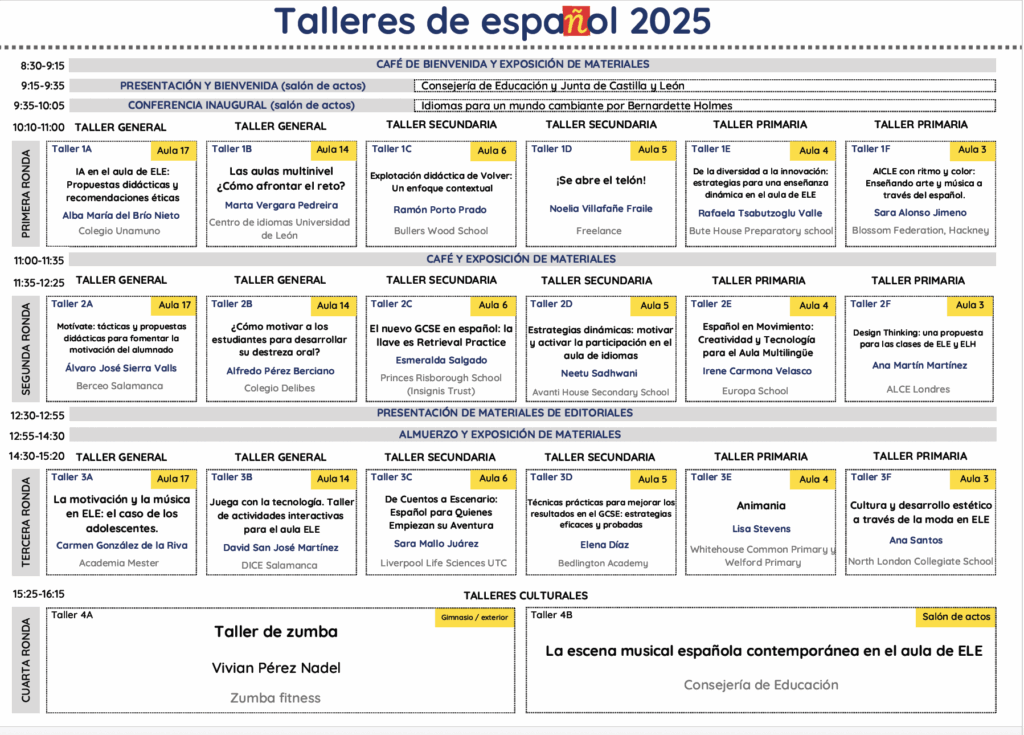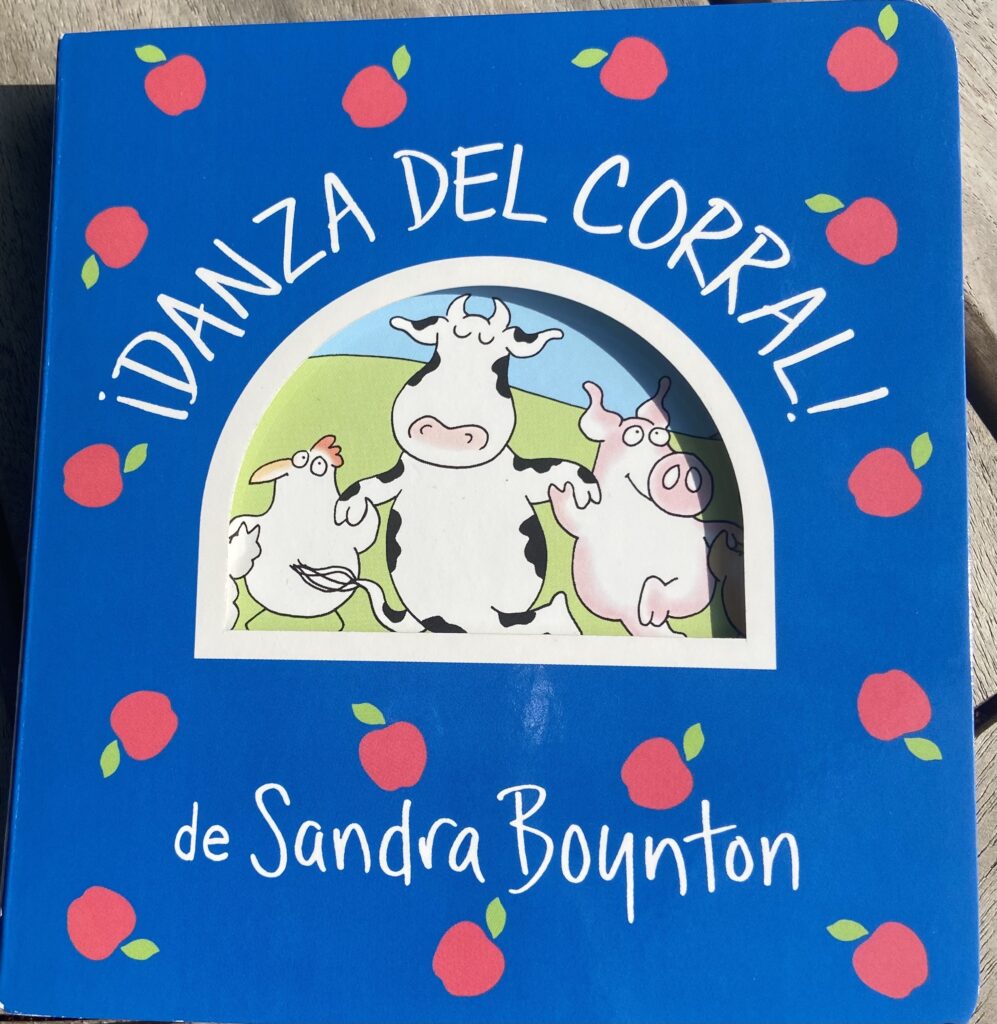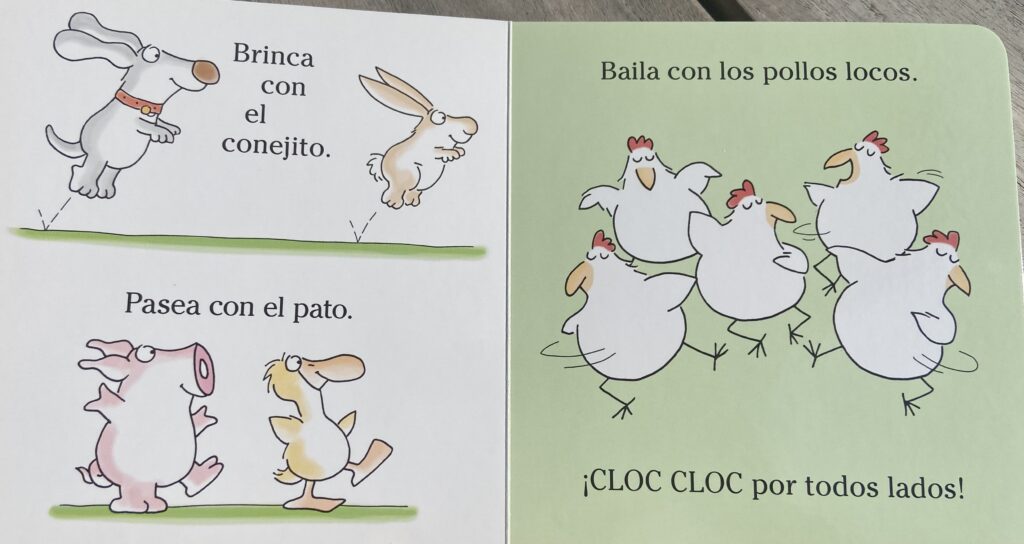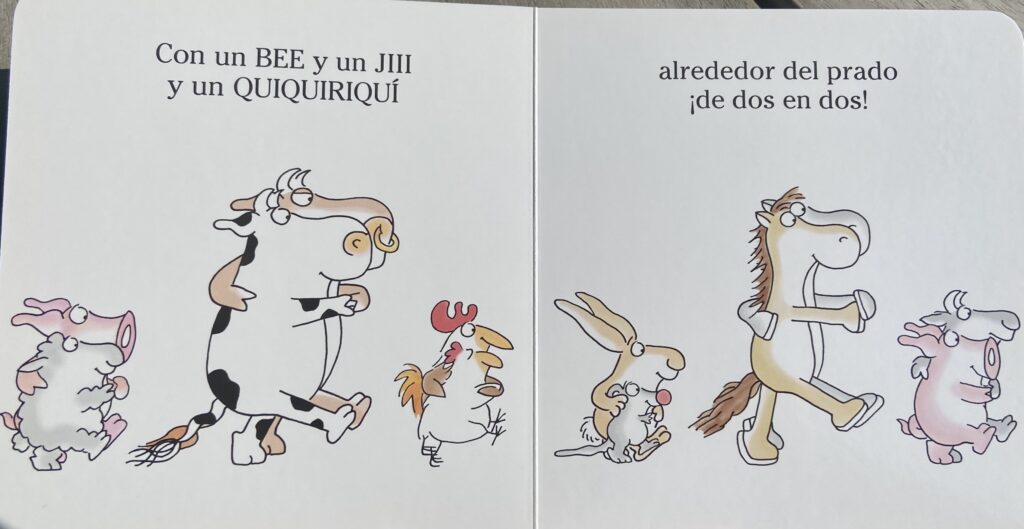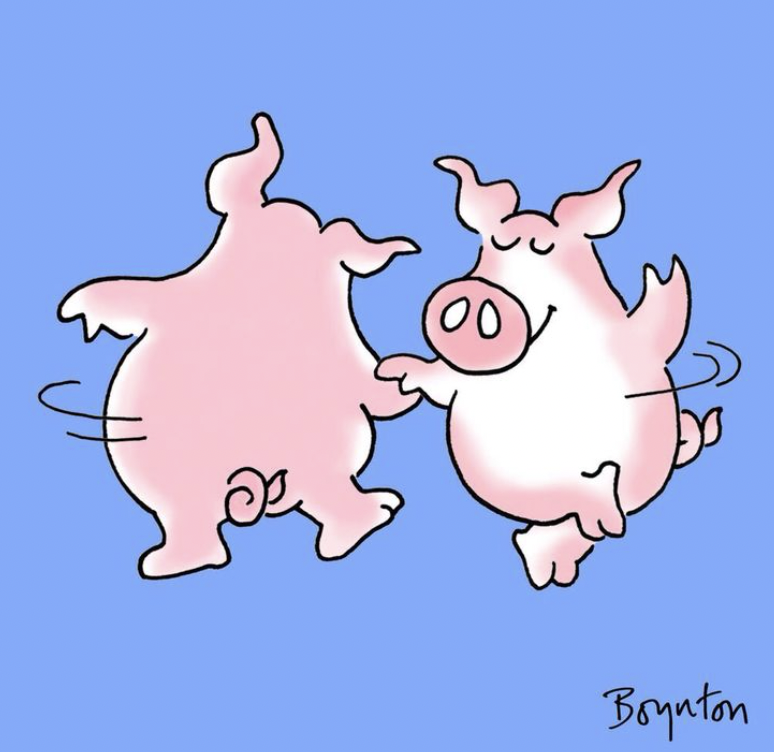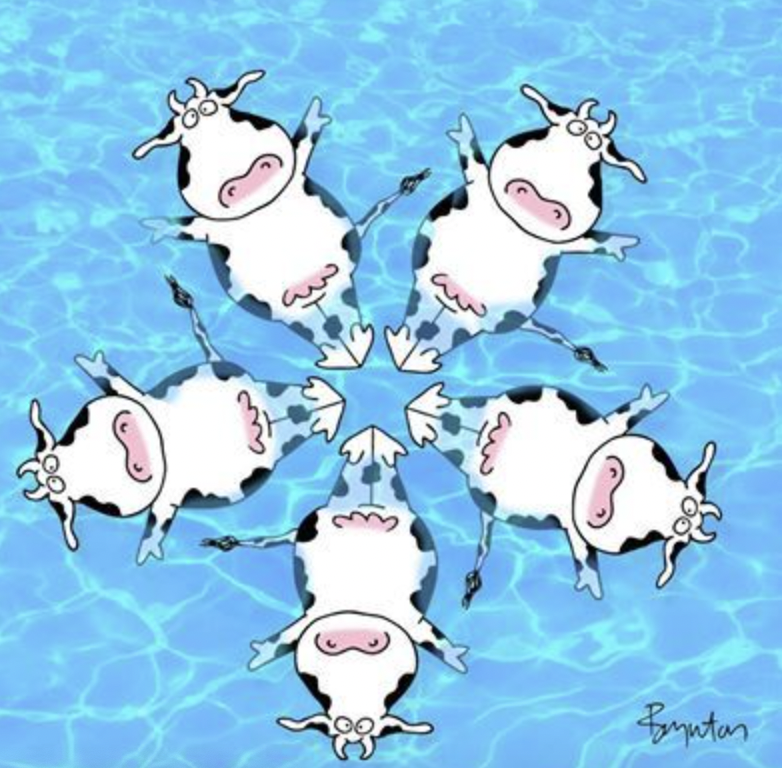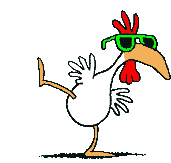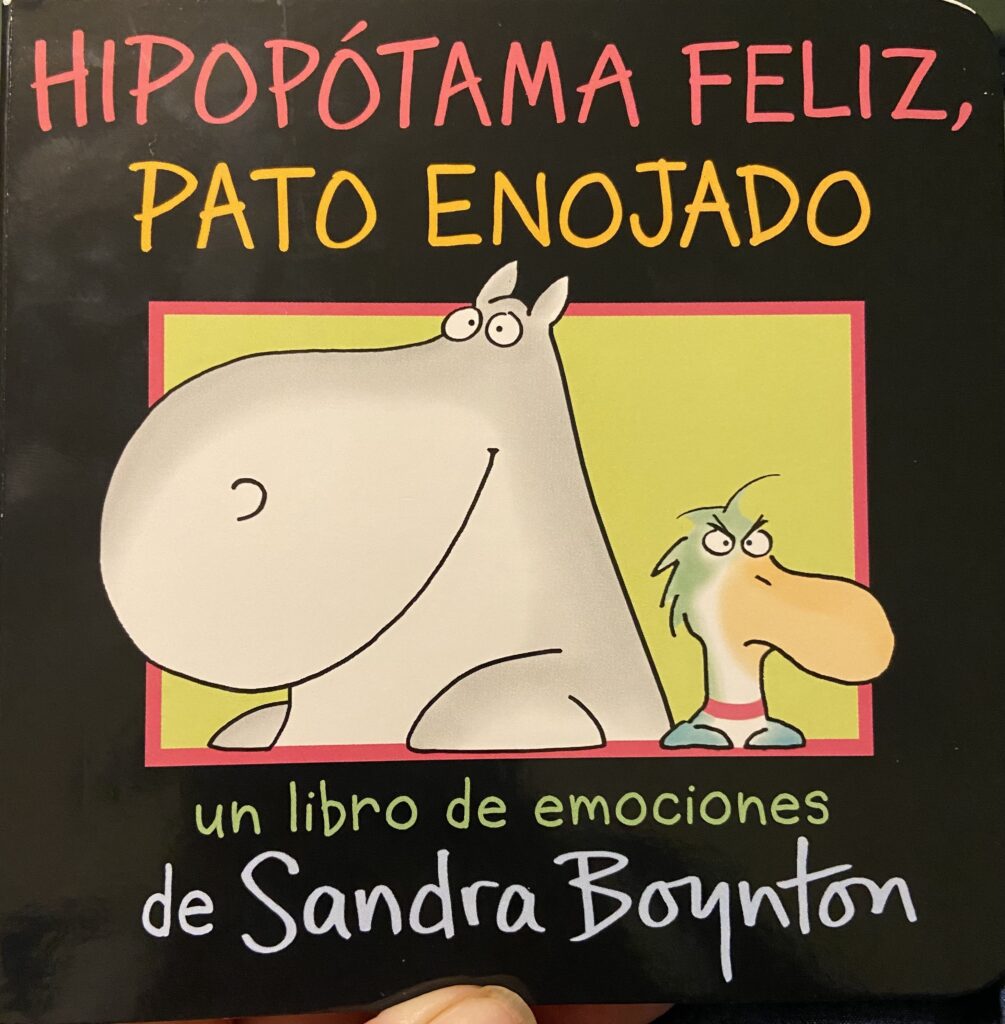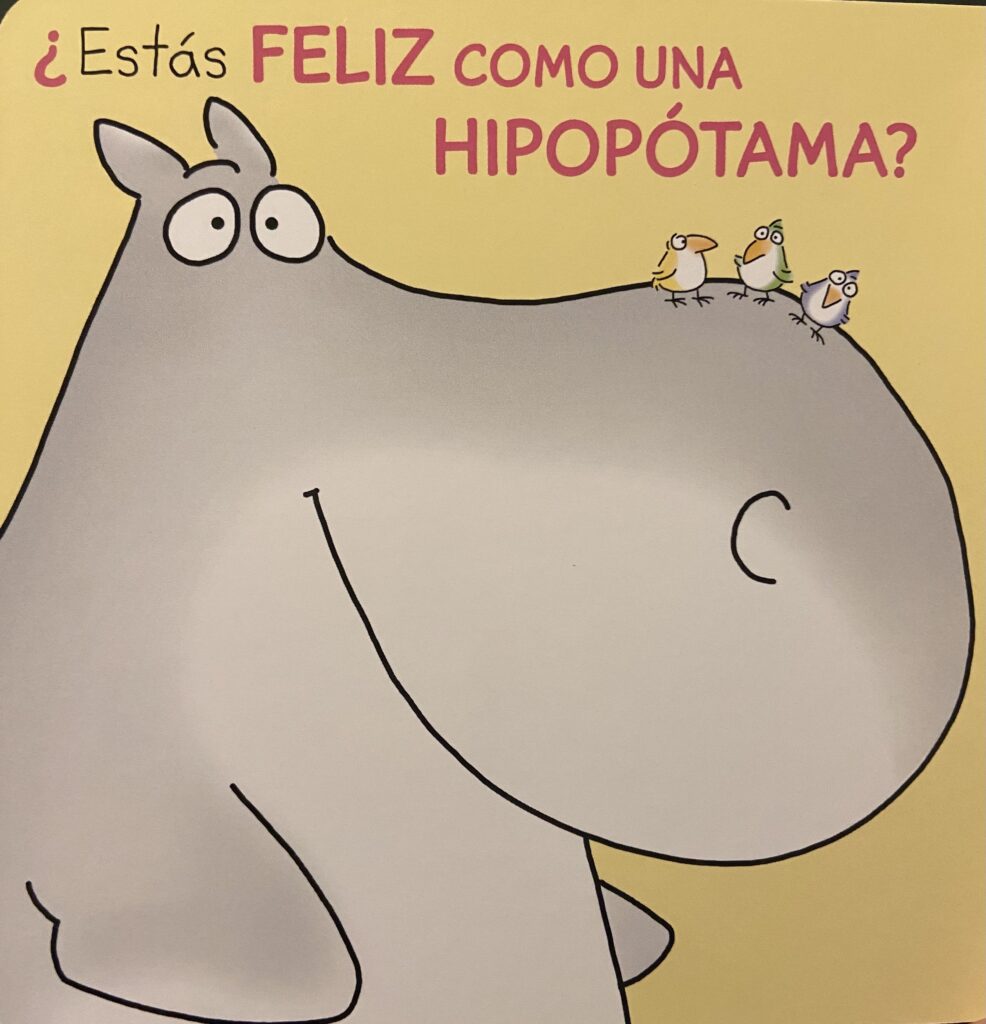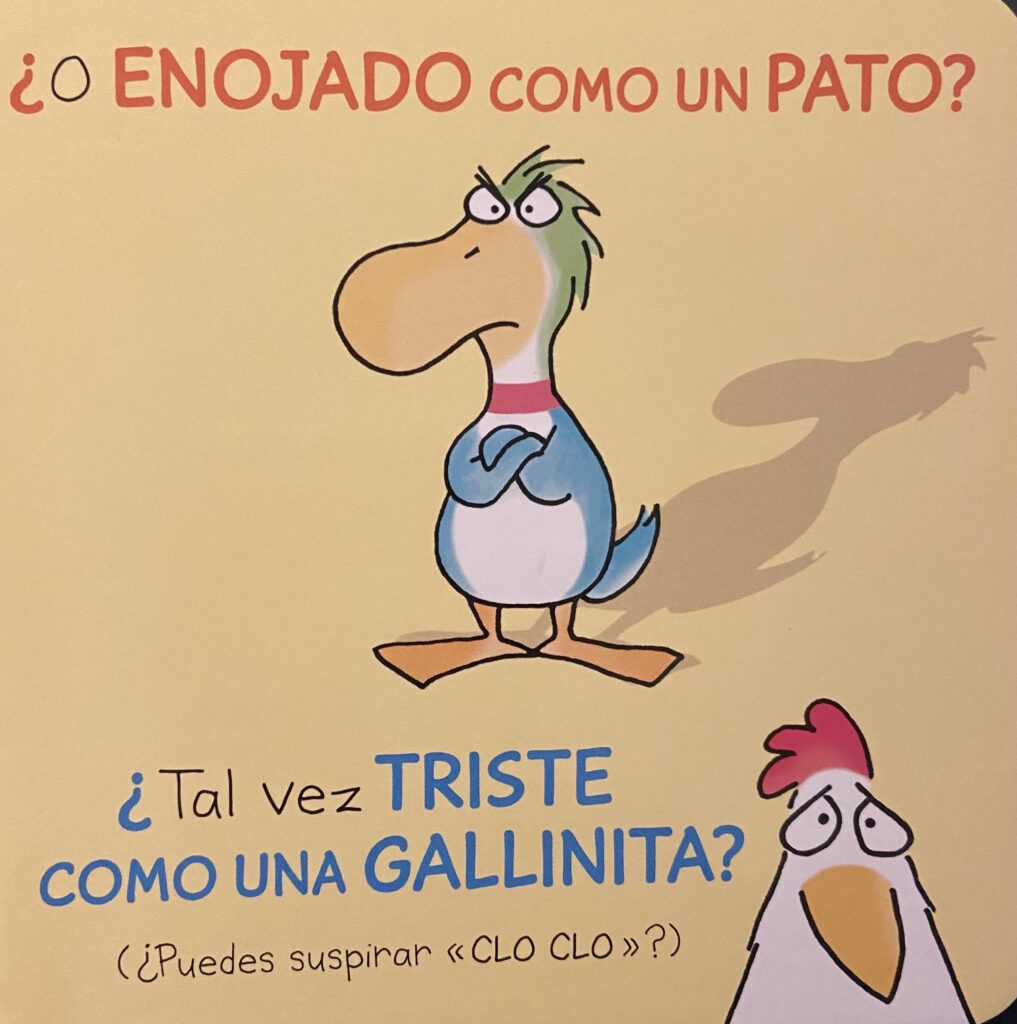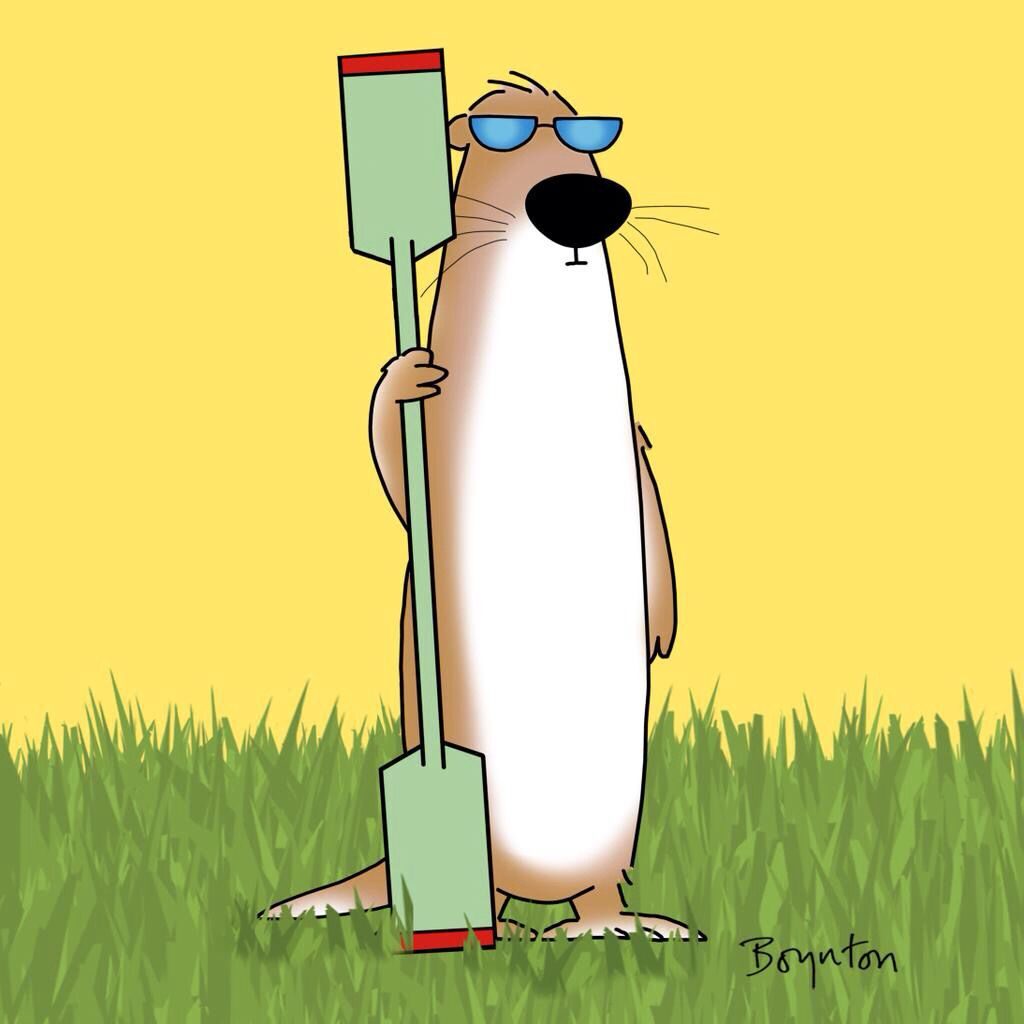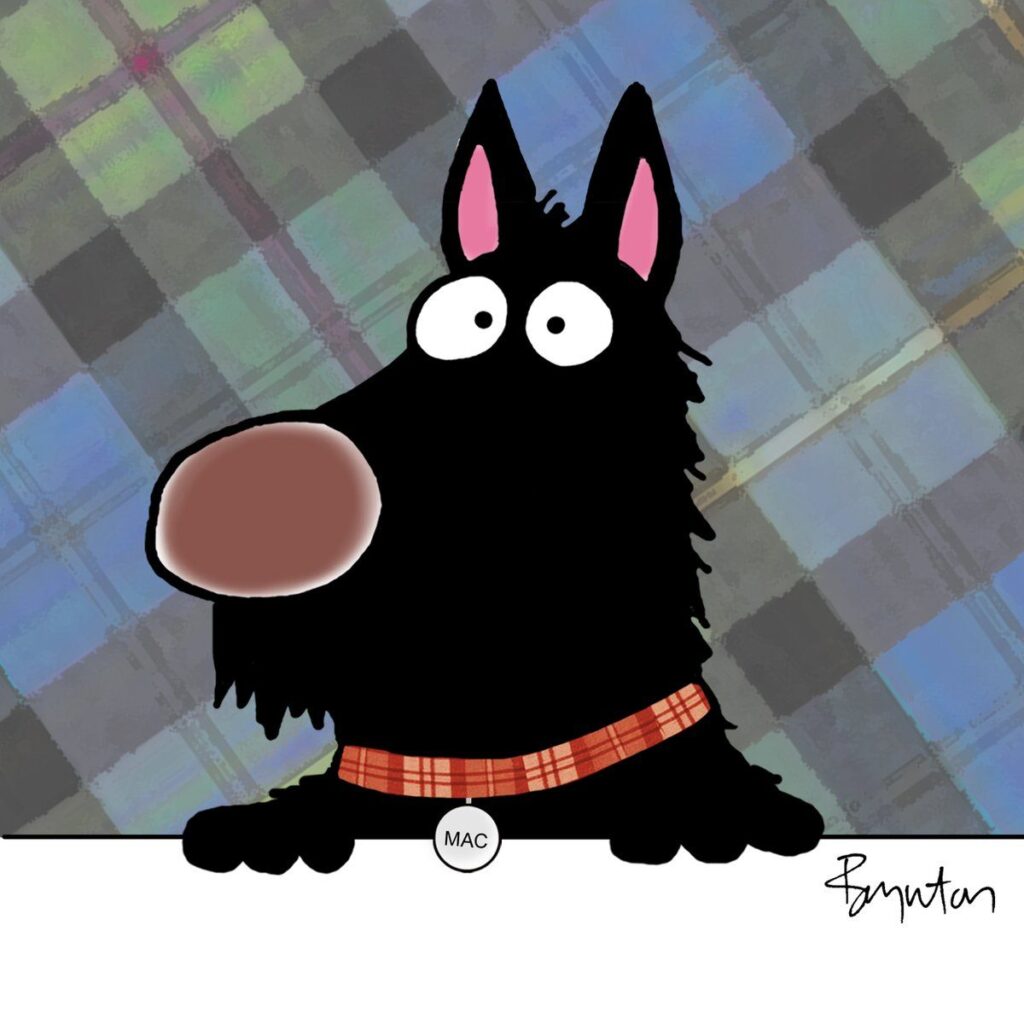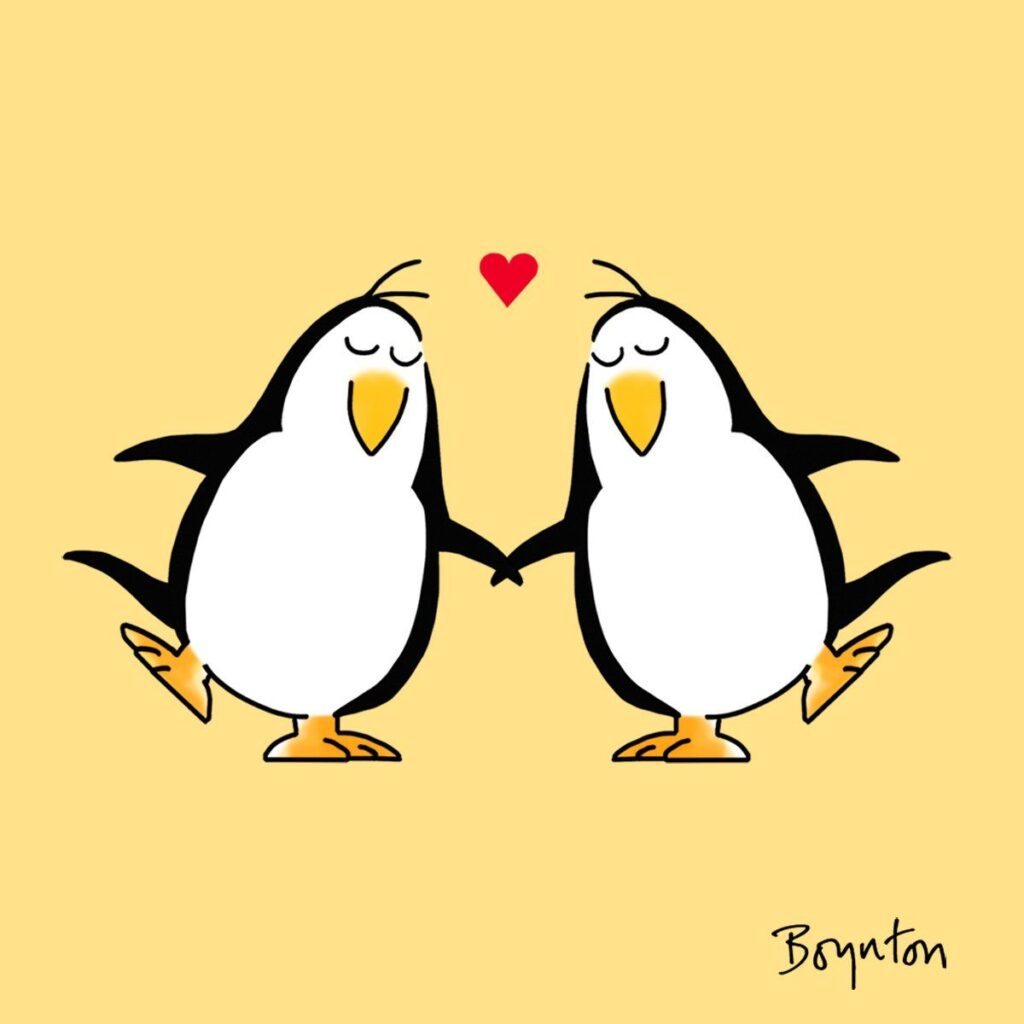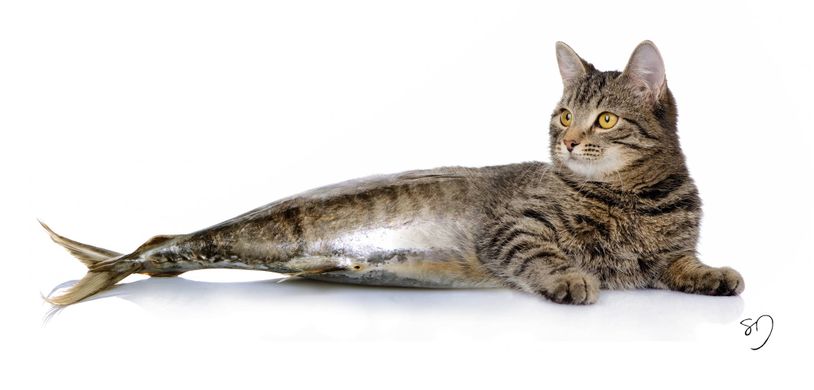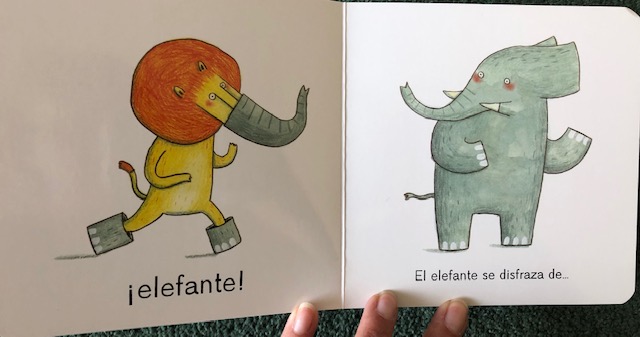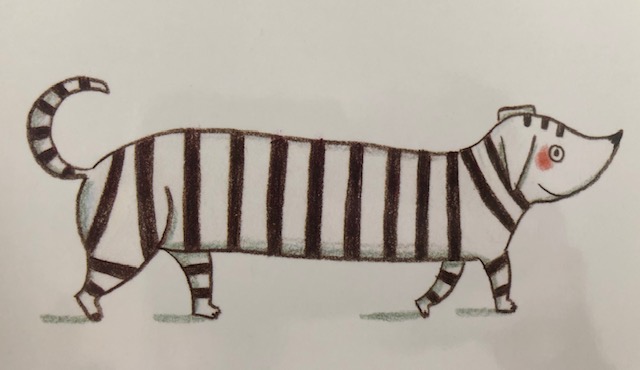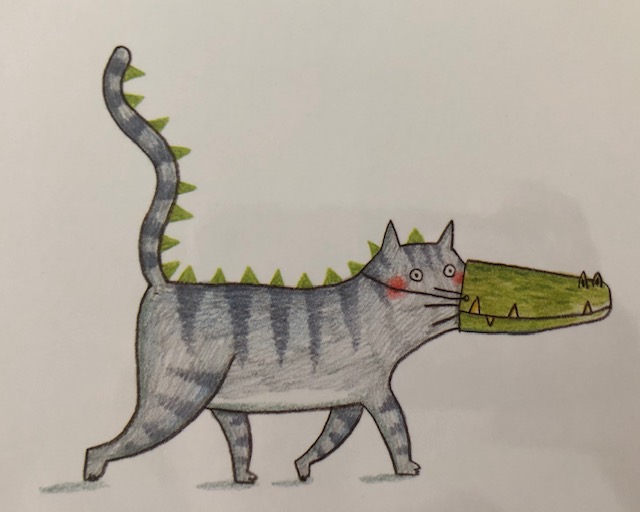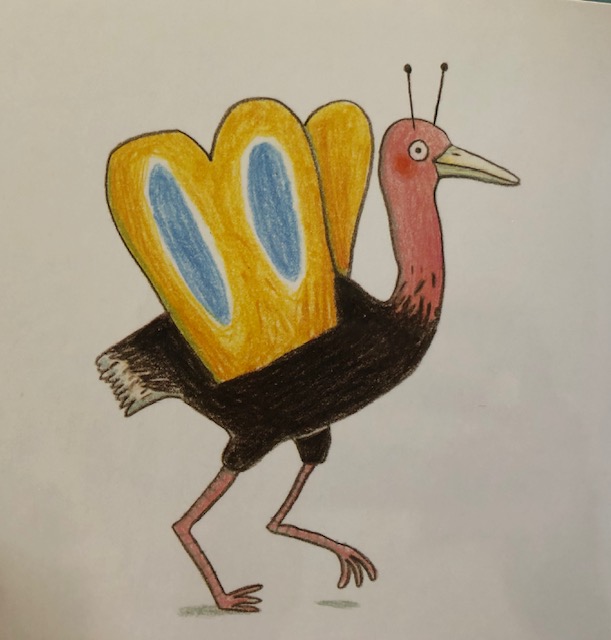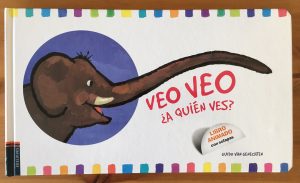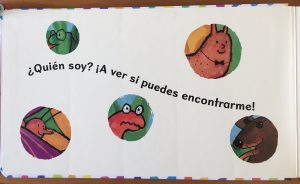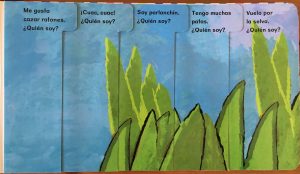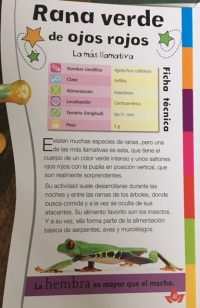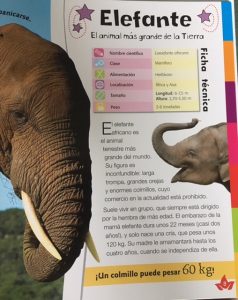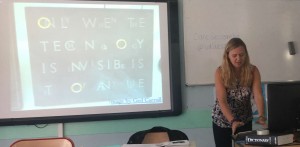Continuing on my posts about books I bought in Bilbao, we come to a couple of non-fiction texts that I bought at the Día del Libro market. I was drawn to them as they are colourful, very visual and were also very reasonably priced at €5 (always a consideration when I’m buying several!) Non-fiction texts are less readily available than storybooks and it can be tricky to find ones that are appealing as well as accessible to primary school learners. So I was really pleased to find these. There are four in the series Aula del Saber and I selected these two as I already have books about the planets, and dinosaurs is a topic that y1 cover.
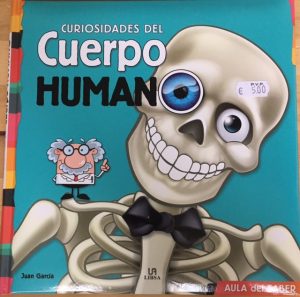
Firstly Curiosidades del Cuerpo Humano, chosen as it supports the Science curriculum as well as containing pages that will be useful for Health Week. For example, this page will be useful to Y1 who are looking at dental health in Health Week as well as Y4 who look at what happens to our teeth, completing experiments using egg shells and Coca Cola!
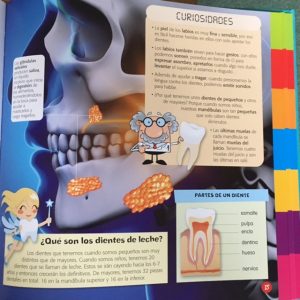
Y5 are looking at life cycles and human reproduction so the page above would be interesting. As you can see, even without knowing much Spanish you can understand that the table shows the gestation times of various animals. There are several pages that outline the whole process of reproduction including the female and male reproductive system so it’s perhaps not one to put in the school library but rather a resource to be used in context.
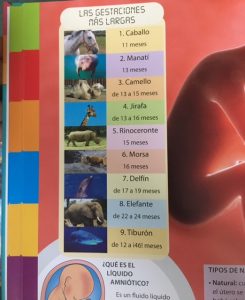
I like that the information is on bite size chunks and that there are lots of diagrams and images to support understanding. This section would be good for finding cognates.

And the second book is Insólitos Animales which has a similar mixture of short texts, diagrams, tables of information and Did you know..? sections.
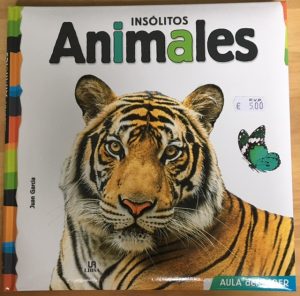
I’ve selected a few pages that drew my attention.
This one could be the stimulus for a sorting activity, giving learners a list of animals to classify into groups and create simple sentences e.g. Una ballena es un mamífero. Una rana es un anfibio.
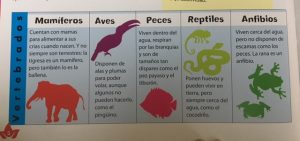
Here’s an idea of what a double page spread looks like:
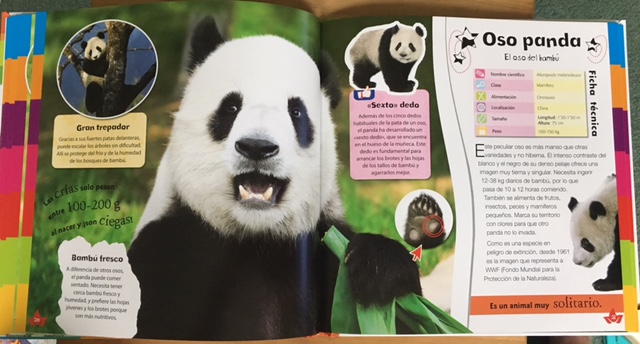
Some interesting vocabulary in the tables below; learners could follow the model and complete for other animals. The short texts could be used for a ‘Find the word for…’ activities as well as simple comprehensions that guide the learner through the text, calling on their existing knowledge of elephants/frogs as well as their linguistic knowledge to respond.
Y4 will finish their unit on animals before the end of term so I think we’ll have a look at this book together! And I’ll let you know any further ideas we have to use it.
In my next post I’ll share some other non fiction texts that I have collected. In the mean time, here are some other of my posts on a similar subject that might interest you:
Muy Interesante Junior
ColoradoLibraries (the West Sussex link no longer works but there are some resources here that are based around animals and their habitats)
¿De dónde viene el yak? my own non fiction text written using Storybird.
